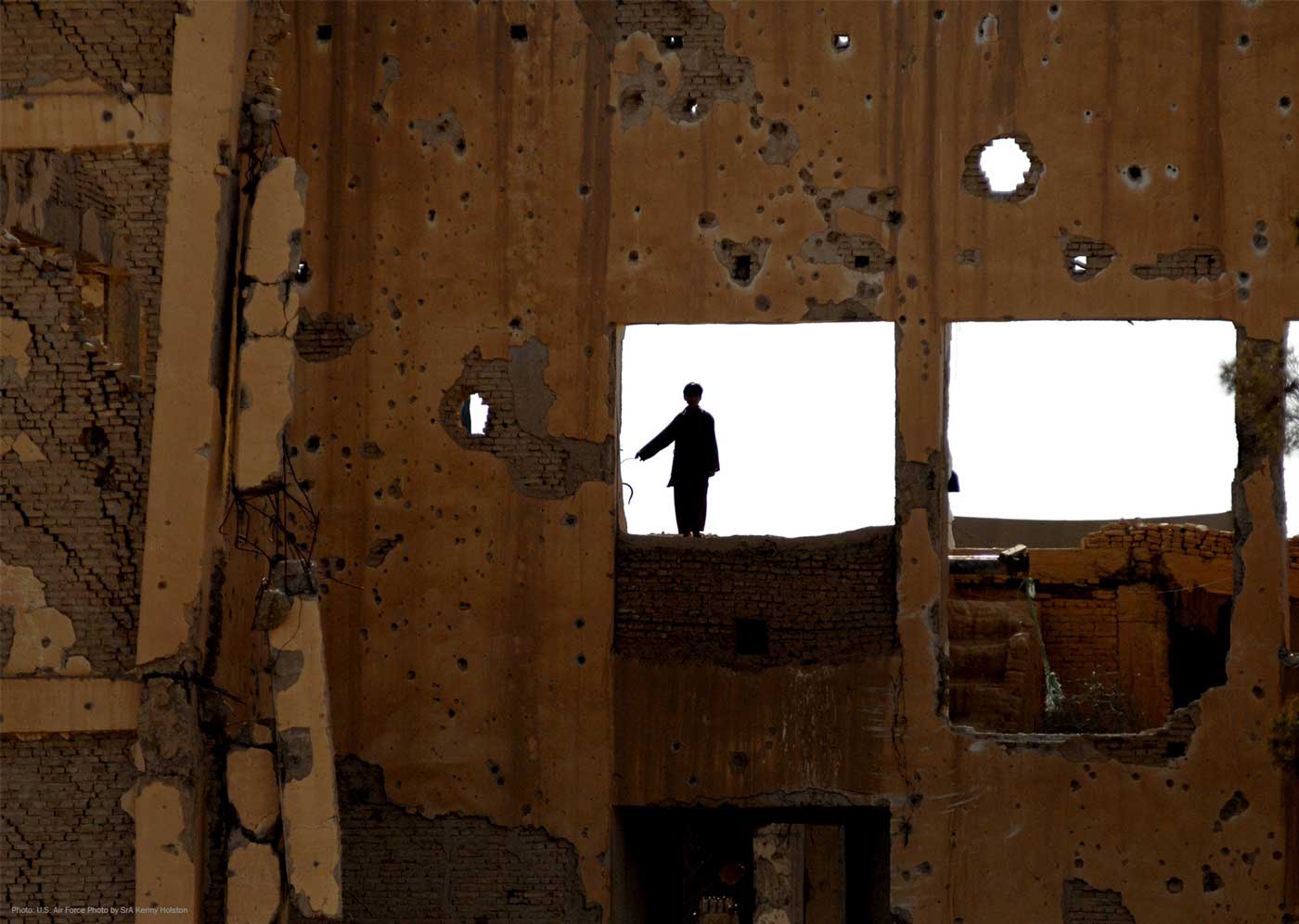FAILURE TO APPRECIATE THE THREAT OF CORRUPTION
2001–2008
In the early years of the post-2001 U.S. reconstruction effort, some U.S. officials recognized corruption could undermine the Afghan state’s legitimacy and drain resources from it. However, there was not sufficient appreciation for the threat corruption posed to the long-term U.S. goal of a peaceful, stable Afghanistan. With other pressing needs—to pursue al-Qaeda and the Taliban, prevent a humanitarian disaster, shepherd a political transition process, and begin basic reconstruction—anticorruption was not a top priority for U.S. policymakers and practitioners.
Note: The survey question was, “Please tell me whether you think that corruption is a major problem, a minor problem, or no problem at all … in your daily life.” The graph represents the respondents who reported that corruption was a major problem.
Source: The Asia Foundation, A Survey of the Afghan People, Explore Data Tool, 2006–2015.
DILEMMA POSED BY WARLORDS
Early on, U.S. military partnerships with abusive and corrupt Afghan warlords—local and regional strongmen who commanded private militias—was a logical consequence of the light U.S. military footprint and need for proxy fighting forces. Political accommodation helped to neutralize some warlords. Yet in many cases, U.S. actions legitimized and empowered a class of strongmen who had conflicted allegiances between their own power networks and the nascent Afghan state. In this way, the U.S. helped to lay a foundation for continued impunity, weak rule of law, and the growth of corruption.
EMERGING CONCERN ABOUT CORRUPTION
By mid-decade, aid programs and military contracts were increasing, the drug economy was expanding, and security had deteriorated. In 2005, U.S. Embassy Kabul reported that corruption was “a major threat” to Afghanistan’s future, and fighting corruption was “fundamental to the success of U.S. policy in Afghanistan.” In 2006, a high-level DOD briefing assessed corruption was feeding a “crisis in governance.”

Despite these calls, there was no cohesive, consistent U.S. response to corruption. Meanwhile, surveys indicated the Afghan population was alienated by an increasingly corrupt government, which undermined popular support for the state, as well as for the international actors backing the state.
EARLY U.S. ANTICORRUPTION EFFORTS
U.S. agencies undertook few initiatives focused explicitly on fighting corruption during this time. Yet several efforts—in financial management, institutional reform, and law enforcement—addressed broader issues of governance and the rule of law and were relevant to later attempts to fight corruption. U.S. officials also worked with international partners to lobby Karzai to remove corrupt officials, with mixed success. A central conundrum was that fighting corruption required the cooperation of Afghan elites whose power relied on the very structures that anticorruption efforts sought to dismantle. Moreover, the U.S. failed to recognize the extent to which its policies and practices were contributing to the problem: Massive inflows of money related to military and aid contracts, weak oversight and contracting practices, and support for malign powerbrokers were all increasing opportunities for corruption in Afghanistan.
“One part of U.S. policy corrupted Afghan officials while other parts tried to investigate and root out corruption. Given the interest that defined the mission, concerns about corruption did not trump those of covert action.”—Barnett Rubin, 2015
LOOK AHEAD
In later years, U.S. officials would develop a more sophisticated understanding of the links between corrupt government officials, the drug trade, criminals, and insurgent groups—and come to better appreciate corruption as a strategic threat. This would prompt greater U.S. efforts to combat corruption in Afghanistan.